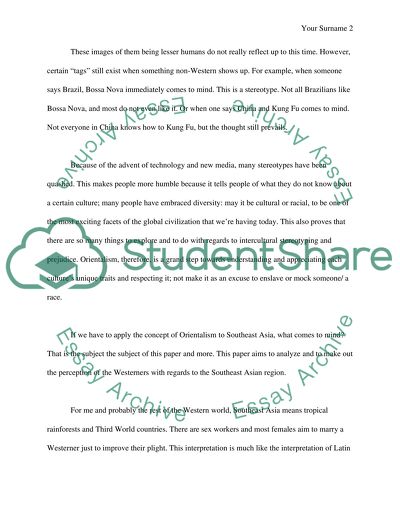Cite this document
(“The Making of a Region: Southeast Asia Research Paper - 1”, n.d.)
The Making of a Region: Southeast Asia Research Paper - 1. Retrieved from https://studentshare.org/geography/1584611-the-making-of-a-region-southeast-asia
The Making of a Region: Southeast Asia Research Paper - 1. Retrieved from https://studentshare.org/geography/1584611-the-making-of-a-region-southeast-asia
(The Making of a Region: Southeast Asia Research Paper - 1)
The Making of a Region: Southeast Asia Research Paper - 1. https://studentshare.org/geography/1584611-the-making-of-a-region-southeast-asia.
The Making of a Region: Southeast Asia Research Paper - 1. https://studentshare.org/geography/1584611-the-making-of-a-region-southeast-asia.
“The Making of a Region: Southeast Asia Research Paper - 1”, n.d. https://studentshare.org/geography/1584611-the-making-of-a-region-southeast-asia.


